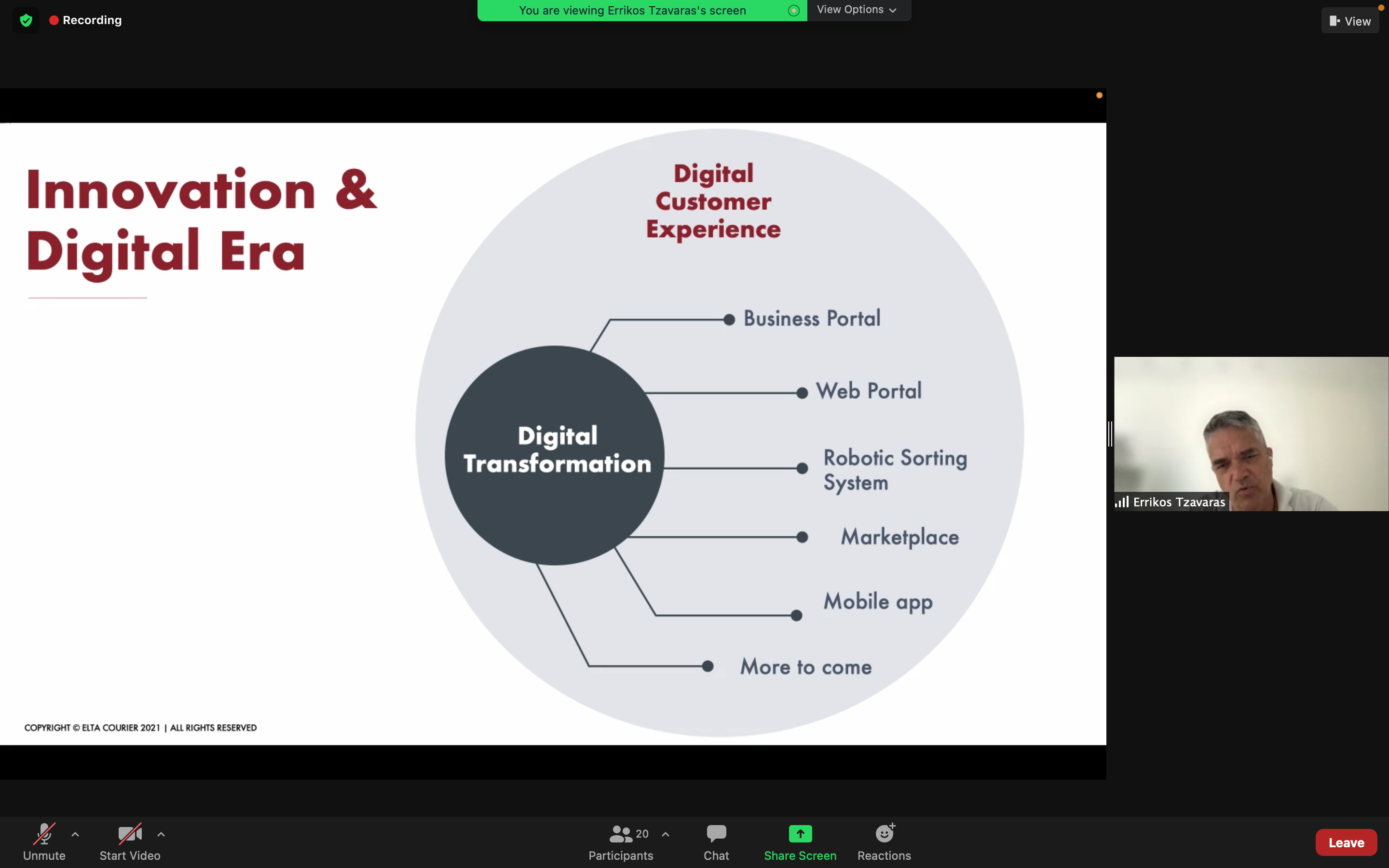Why will micro mobility industry make the future?
We are now witnessing completely new trends appear and evolve very quickly. Car sharing, e-hailing, ride-pooling, autonomous cars with vehicle-to-vehicle communication technology and completely reimagined public transport are some of them. Yet, there’s one trend, that is often overlooked, it’s micro mobility.
Micro Mobility refers to a brand new category of vehicles that are thought to become an alternative to traditional modes of transportation. There are currently two main types of vehicles: personal transportation solutions, such as E-scooters, E-bikes etc. and small electric cars with one or two seats, EVs.
Key passenger car OEMs have already entered the game and are now in the process of identifying consumer preferences for this forthcoming market by launching models in different sizes, with different number and form of wheels, and in different body types. Honda has announced an electric scooter EV-neo, GM has partnered with Shanghai Automotive Industry Corp. Group to develop EN-V, an autonomous electric vehicle, that uses vehicle-to-vehicle communications to identify the shortest route available.
General Motors EN-V
Current state of the micro mobility market shows that OEMs are introducing vehicles aimed at conventional car users, bike/scooter users and users that walk the first/last mile. The latter usage model is being covered by micro mobility products integrated with conventional cars. For example, Volkswagen is going to sell its electric bike Bike.e together with its cars, thus covering the first/last mile for car users.
Micro mobility vehicles industry is developing at a fast pace — Frost & Sullivan expects over 150 micro mobility models to be launched by 2020. IDTechEx analysts forecast that micro EVs and personal transportation devices market will reach over $33 billion by 2026. In 2013 the global micro EV’s market was expected to grow at a CAGR of 14.91% in 2013–2018, but already in 2016 Wise Guy Consultants’ analysts expected 17.26% growth during the next 4 years.
How such substantial transformations in the market could have happened?
First, consumer preferences are changing and businesses are striving to analyze and meet the new needs of the modern customers. Millenials are not the biggest fans of owning cars — this generation is buying their first cars much later than previous generations. For car manufacturers this means that the generation with the soon-to-be the highest buying power will buy less cars during their lives than previous generations.
Secondly, the development of the micro mobility devices and micro cars industry is supported by the local authorities, especially in urban areas.
Finally, both micro cars and personal transportation devices are more environmentally friendly.
Summing up, micro mobility appears to be much more than a short-term trend, in fact, it’s a result of the strategic consensus of a number of different actors. It seems that fast-approaching urban transportation crisis along with a shift in consumer preferences will secure a place for micro mobility products in the mobility of the not-too-distant future.
Text by Artem Semenov, published on Sply, abridged text , photo by General Motors
Splyt is a urban mobility startup living on a mission to create unified experience for ground transportation all over the world.












